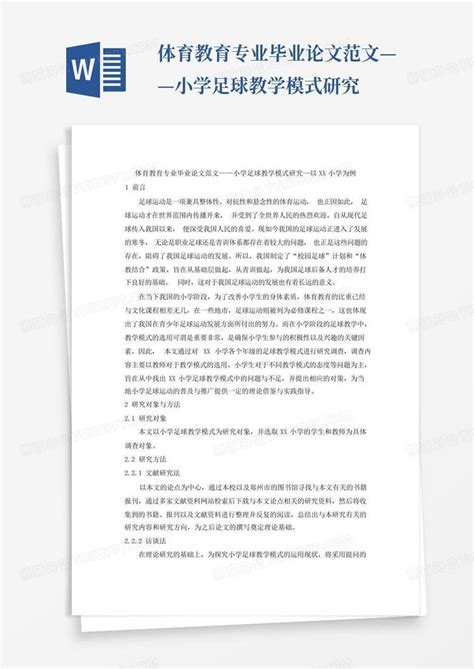Physical education (PE) is an integral component of educational curricula worldwide, aiming to foster holistic development through physical activities and sports. In recent years, the discourse surrounding PE pedagogy has evolved, focusing on optimizing teaching methodologies to ensure maximum engagement, skill acquisition, and longterm participation. This paper provides a comprehensive review of contemporary literature pertaining to PE teaching practices, encompassing key areas such as curriculum design, instructional strategies, assessment techniques, and technology integration.
Effective PE curriculum design is essential for providing students with meaningful learning experiences. Incorporating a diverse range of activities that cater to individual interests and abilities is crucial. A balanced curriculum should include not only traditional sports but also alternative activities such as dance, yoga, and outdoor recreation. Furthermore, the adoption of interdisciplinary approaches, linking PE with other subjects such as science or mathematics, can enhance relevance and promote crosscurricular learning.
Variety in instructional strategies is paramount to accommodate diverse learning styles and preferences. Employing a mix of direct instruction, cooperative learning, and studentled activities can cater to different needs and promote active participation. Moreover, utilizing differentiation techniques to modify tasks and challenges based on students' skill levels ensures inclusivity and progression for all learners.
Assessment in PE extends beyond traditional methods of evaluation and encompasses a holistic approach to measuring student progress. Formative assessment tools, such as peer observation and selfreflection journals, provide valuable insights into individual growth and development. Additionally, incorporating performancebased assessments, such as skill demonstrations or fitness testing, offers a comprehensive understanding of students' abilities and informs instructional decisionmaking.
The integration of technology has revolutionized PE pedagogy, offering innovative tools to enhance teaching and learning experiences. Utilizing video analysis software allows students to review and analyze their performance, facilitating selfassessment and goal setting. Wearable fitness trackers and mobile applications can gamify physical activities, motivating students and promoting a lifelong commitment to health and fitness.
Continuous professional development is essential for PE educators to stay abreast of emerging trends and best practices. Engaging in workshops, conferences, and online courses provides opportunities for skill enhancement and networking. Collaborative professional learning communities enable educators to share resources, experiences, and expertise, fostering a culture of ongoing improvement within the field.
In conclusion, enhancing physical education pedagogy requires a multifaceted approach that encompasses curriculum design, instructional strategies, assessment techniques, technology integration, and ongoing professional development. By adopting inclusive and innovative practices, educators can create dynamic learning environments that empower students to develop physical literacy, lifelong wellness habits, and a positive attitude towards physical activity. Through continual reflection and adaptation, PE educators play a pivotal role in shaping the future health and wellbeing of generations to come.

This paper serves as a foundation for further exploration and implementation of effective PE pedagogy, emphasizing the importance of evidencebased practices and collaborative efforts to advance the field. By prioritizing the holistic development of students and embracing the evolving landscape of education, PE educators can inspire future generations to lead active, healthy lives.
(Include relevant references based on the literature reviewed.)